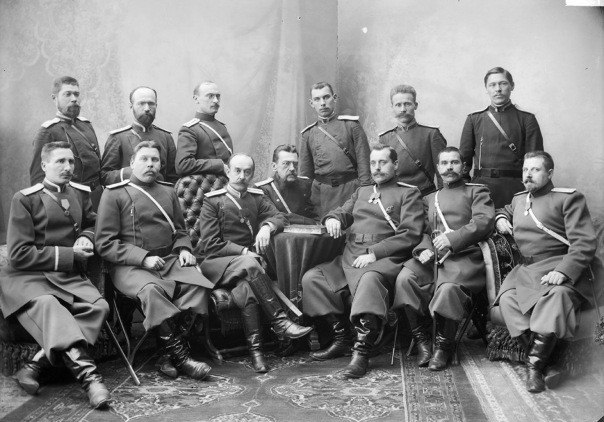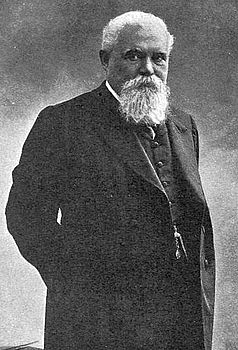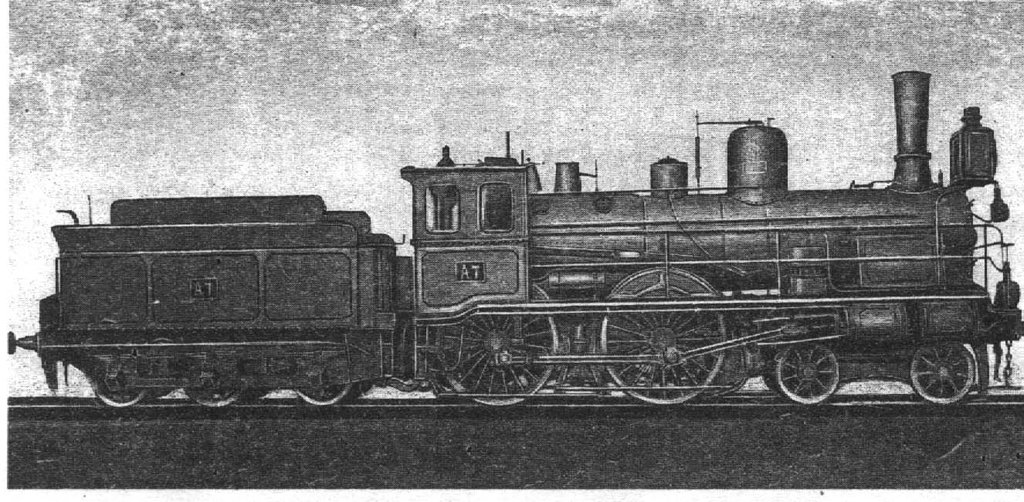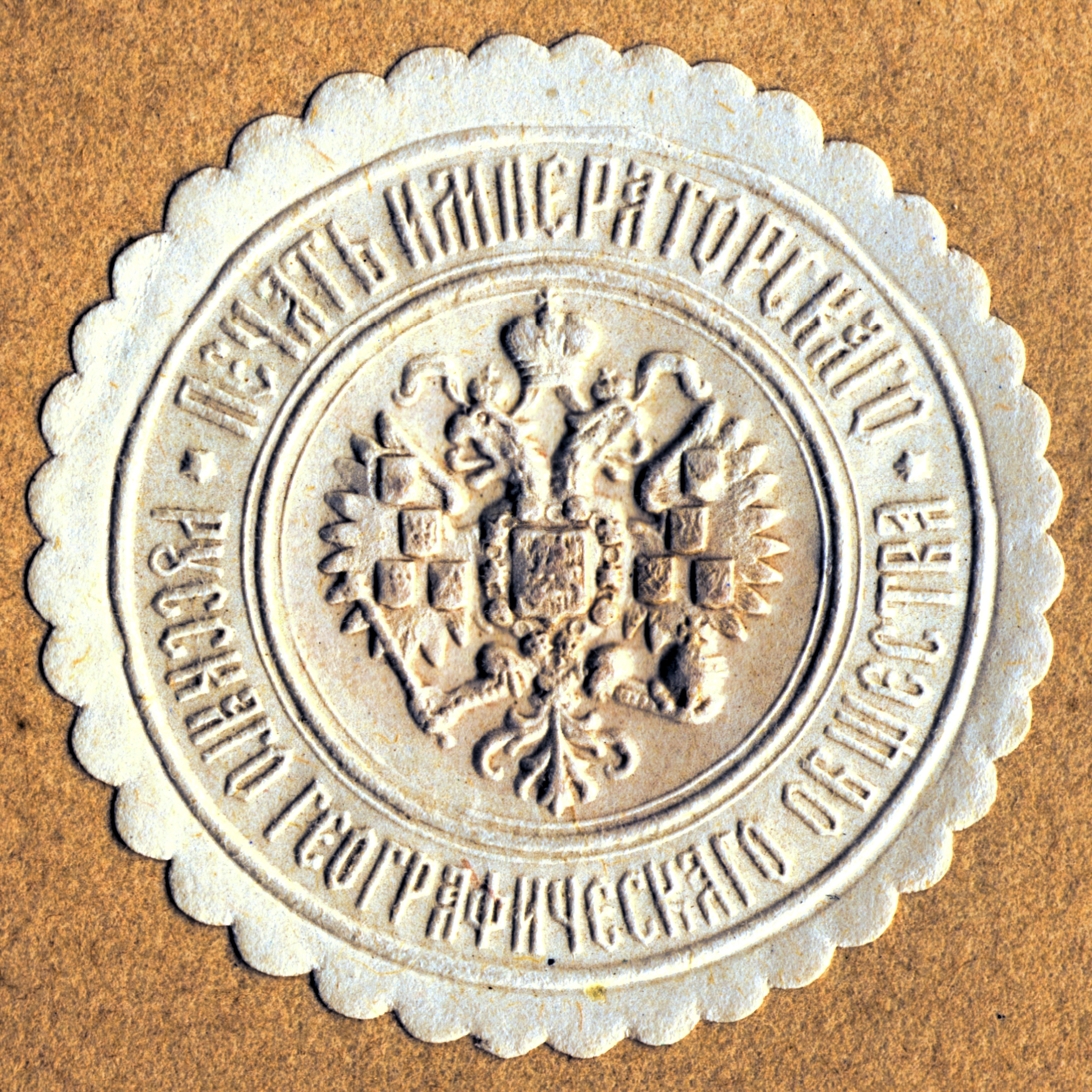According to the census that took place in 1897, just barely 20% or Russian population was literate, which meant that four out of five Tsars subjects couldnt even read their name or sign a legal paper. While ignorant people were easier to manipulate, they made poor workers, untrainable soldiers, -- and boring collocutors. While Vladimir I realized the risks and the cost of bringing the light of knowledge to every house across his sprawling dominion, he also knew that the new century required big changes if Vladimir wanted to keep his country competitive.
With such thoughts in mind, the Emperor and Autocrat of All the Russias requested Piotr von Kaufman to develop what became known as Reforma Prosveshcheniya (lit. Enlightenment Reform).
The reform was separated into several parts. The first part listed measures to establish government-funded elementary, middle, and high schools in all cities with population >5,000 people, with at least one such school for every 600 families. It left many rural areas still deprived of access to basic government-funded educational facilities, but that problem was hoped to be dealt with through the second part of the reform.
The second part covered various tax cuts and government funds to private educational enterprises, such as seminaries, Sunday schools, private lyceums, etc. Generally speaking, any private educational facility accommodating more than 20 pupils for the length of at least 9 months a year was to be considered a tax-free non-profit enterprise. If such facilities were located in areas not covered by government-funded schools (which was most of the countryside) that could qualify for government funds. Besides, any significant donations to government-approved private schools were allowing the sponsor to qualify for various tax cuts as well. That measure, as Minister of Public Education von Kaufman hoped, would encourage the capital to invest into education.
The third part of the reform covered the standards of government-funded education as well as certification of private schools. In general, these standards were similar to many European countries, however, there were three significant differences. Namely, the list of subjects, along with regular Math, Physics, History, Language, etc., included basic military training (familiarity with firearms for boys, first aid for girls), handicraft (basic engineering and woodwork for boys, textile and cooking for girls), and religious studies. The latter one was closely intertwined with Russian History and mostly consisted of indoctrination in Russian Orthodox Christianity, support of the regime, and basic moral values of the Russian commune. In some areas (Central Asia, Tatarstan, Buryatia, etc.) religious studies were allowed to be performed from the point of view of other religions (such as Sunni Islam, Buddhism, Judaism, etc.), but only as long as the general message was still centered on loyalty to the Tsar and unity of all subjects of the Russian Empire.
Fourth section of the reform covered establishment of various higher education facilities in all major Russian cities. In fact, many of such universities already existed and were included into the reform only to signify additional investment into the level of government-provided higher education.
Lastly, the fifths section was fully dedicated to military education. This section was the most important to adult commoners, since it instituted a so called polkovaya shkola (lit. regimental school) in every regiment of Russian Army. Now, all conscripts of Russian Imperial Army below ober-officer (lowest officer rank), however illiterate, were required to pass a basic course of studies throughout their term of service, with its complexity ranging depending on the rank (basically, NCOs were to receive a bit of extra knowledge). Logically, handicraft, military training, and religious studies were more prevalent in this course, but soldiers were still given the skills theyd need in civilian life after finishing their service;











